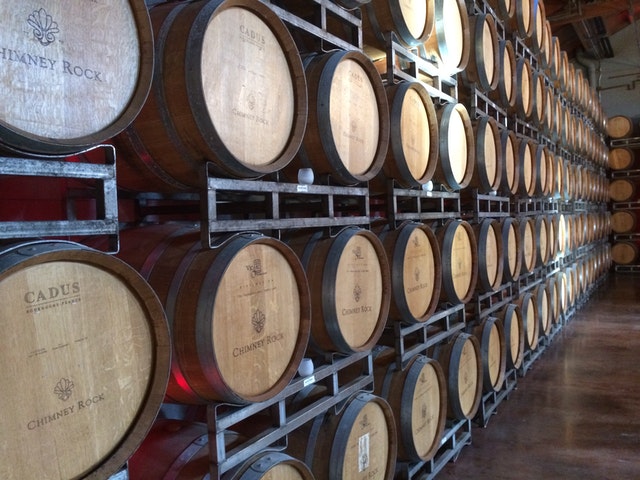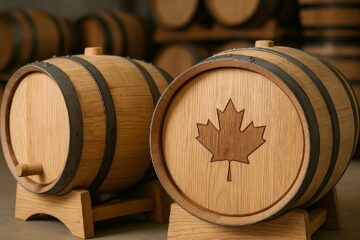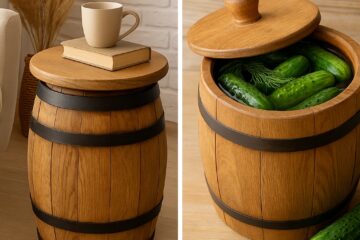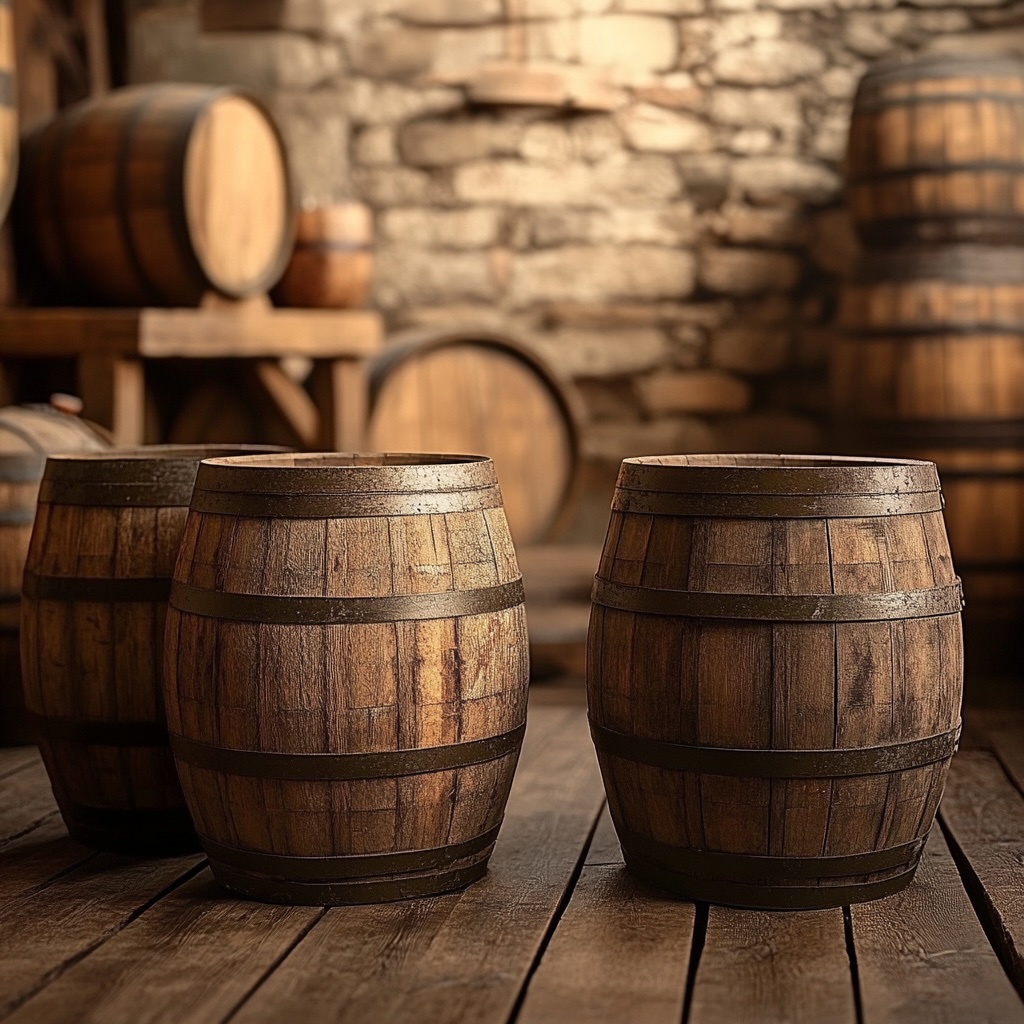“Beer is made by men, wine by God.”
― Martin Luther
Magical textures, caramel, coconut and smoky aromas mixed in the air. You just need to close your eyes and remember this inspirational moment. It is a little wonder of how they complement each other into a cup of homemade wine that can’t be achieved in any other way than using wine oak casks. The big question is why? What purpose does the oak serve? Are there any disadvantages? What are the advantages? How does French oak differ from American oak? If you have faced such questions, we know how to eliminate ambiguity, lack of clarity and double standards.
Most of the world’s best wines are aged in wood barrels from French or American oak are the most commonly used wood types. There is also oak from Hungary, Romania and the Caucasus Mountain Ranges. Other woods, like acacia, are used occasionally, too.
The art of wine in your hands… and wood. About flavors
New oak is used primarily to impart flavor. New and lightly-used barrels, having aged only one or two wines, impart more flavor. Some of the flavors include vanilla, coconut, caramel, clove, and smoky flavors.
More interesting facts about “wine chemistry”: Furfural is the compound responsible for adding the caramel flavor to your homemade wine. This compound is also found in Oats and Bran. For the clove and spice notes in your wine, you have Eugenol compound to thank.
Let’s look at the most famous examples such as Cabernet Sauvignon, Pinot Noir and Chardonnay. These kinds of wine have an affinity to French oak wood. Zinfandel melds more smoothly with American oak. Merlot and Syrah get along with both types, befitting of its malleable and juicy-palated personality. When it comes to blends of varieties, all sorts of elaborate oak aging recipes might be used.
What types of Oak Barrels usually used for winemaking at home
We have summarized the most common types of oak used for barrels and short description of how it influences features of homemade wine in the list below:
- European Oak: Allier (soft, balanced tannin, lighter toasts respects vineyard nuance and heavier toasts moved into backing spice, toffee and toasted components), Nièvre (medium-long toast, used to age Sauvignon Blanc and Chardonnay), Vosges (robust tannins and deeper, darker, more opulent notes, recommended for Chardonnay, Pinot Noir, and Cabernet Sauvignon), Limousin (distinct aromatics reminiscent of the toasted notes, recommended for Cognac and sometimes for Chardonnay);
- Eastern European Oak: Slavonian Oak (more fruit-forward notes with very subtle, and well-integrated woody notes, favored for Sangiovese and extremely tannic Nebbiolo-based wines), Caucasus Russian Oak (good tannin structure and subtle oak flavors), Hungarian Oak (great deal of structure and contribute spice tannin more quickly than French oak, usually used for Italian reds, American Merlots and Cabernet Francs, and aromatic reds like the various Rhône varieties);
- American Oak: Missouri / Minnesota / Wisconsin (aroma or flavors of banana, coconut or pronounced vanillin), Oregon White Oak (Christmas spice nuances in wines, higher tannin levels).
A Wine Texture
Wood cask also impacts texture. It’s a porous container, so unlike when aged in stainless steel, the wine comes in contact with oxygen. This process is called oxidation. This softens the structure of the wine. Wood molds the wine to feel creamier and broader on the palate rather than leaving it to strike the palate in a more crisp and direct fashion.
“Intensity of “oaking” is controlled by you”
BarrelsWood.com
Oak barrel is beneficial for the wine aging process because it enhances the color and taste of the wine as you have already understood. There are five classes of chemical compounds found in barrels for wine. Each imparts its own flavor and texture to both red and white wines, the most common being vanilla, followed by sweet, toasty notes and lastly tea and tobacco. All of these compounds add to the overall complexity of the wine by augmenting the tannin that comes naturally from the grape (seeds, stems and skins).
This depends entirely on the winemaker’s intention for the wine, although it usually takes several months for an oak cask to begin imparting its characteristics. According to Wine Folly, some typical aging regimes include:
- Pinot Noir: 10 months in old French oak
- Chardonnay: 13 months in 50% new French oak
- Gran Reserva Rioja: 24 months in 40% American and 60% French oak
- Zinfandel: 17 months in 20% new American barrels
Of course, this will vary widely between producers and vintages.
Whether the contribution to the wine is flavor or texture, the size of the wine barrel determines how the oak will affect the wine. Smaller wood barrels have a greater impact than larger barrels as there is more wine directly in contact with the wood. To avoid “over-oaking” your wines, we recommend the following timelines and sizes:
- New 60 gallon wine barrels: 1.5-2 years.
- New 30 gallon wine barrels: ½ – 1 year.
- New 15 gallon (and smaller) wine barrels: ¼ – ½ year.
Do you need protection?
Another cost consideration that many wineries fail to take into account is the storage/transportation savings provided by oak barrels. Using oak aging barrels, you can store your wine and let it age as long as you want without the wine sustaining light damage. Light can destabilize some of the flavor compounds in an oak barrel and alter the taste of the wine. Especially in summer when temperatures are high, the quality of your stored wine may be affected if it’s not properly stored. When you use oak cask, you’ll be assured that your aging wine stored in barrels is protected from light damage.
In conclusion, remember what aromas translate to flavors on the palate, are the result of a winemaker’s careful decision to use oak in the winemaking process—either by fermenting or aging wine in oak barrels, or both. A wine may also feel heavy, fat, or light and compact depending upon how well the oak character is integrated in a finished wine. Any oak alternatives cannot replicate oak barrels. It is a premium association for high-end brands.
Be premium! Be proven in your homemade wine!




